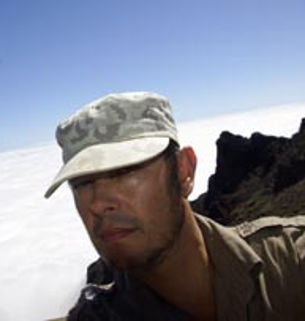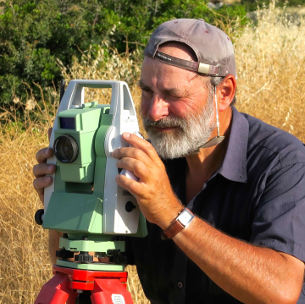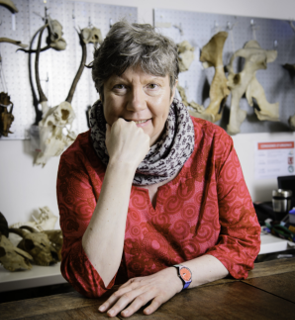Team
Yann Locatelli
Assistant director

Barbara Blanc
Veterinarian
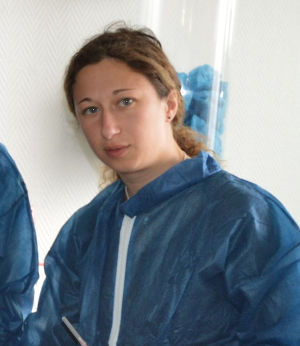
Katia Ortiz
Veterinarian, head of the Vet service
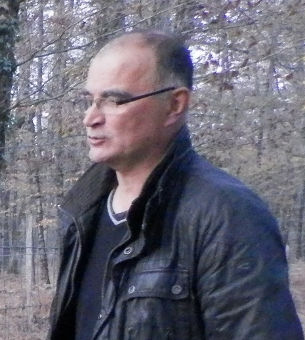
Roland Simon
Director of the zoological reserve
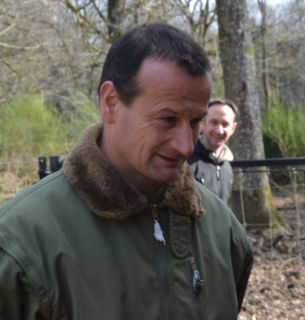
Emmanuel Maréchal
Assistant general curator

Régis Rabier
General curator
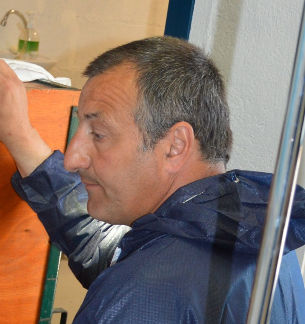
Christophe Jubert
Assistant general curator

Colin Vion
Animal curator

Patrick Roux
Ethologist, collection manager
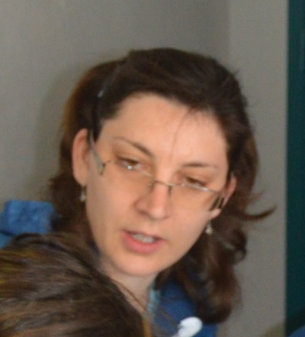
Sandrine Laloux
Animal curator

Christophe Audureau
Animal curator

Jérémy Bernard
Research technician

Jérémy Coignet
Animal curator

Elise Bottreaut
Animal curator

Fabien Kurek
Animal curator
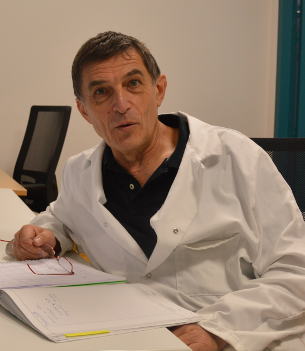
François Lecompte
CT scan
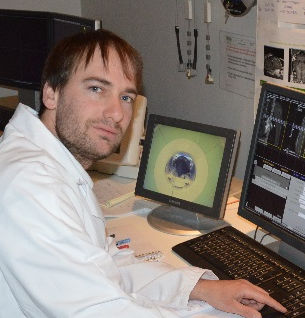
Hans Adriaensen
MRI

Frédéric Elbout
Anesthesiologist

Christian Moussu
Anesthesiologist
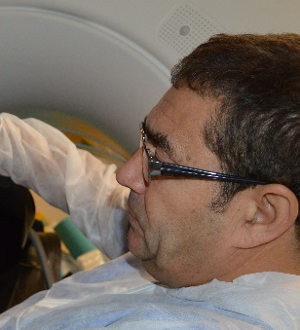
Luc Perrigouard
Anesthesiologist
SPOT MNHN
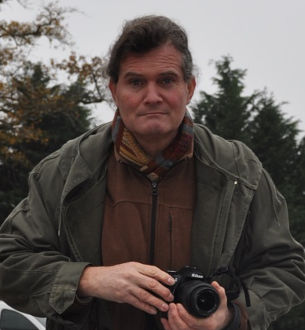
Eric PelléOsteological technician
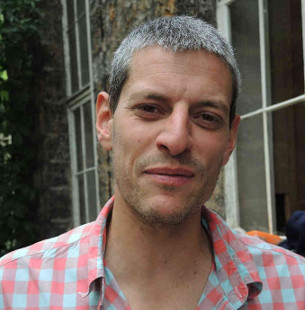
Laurent Puymerail
Functional morphology and biomechanics
Internships
2016
Master 2
Hugo Harbers

Contrasting effect of captivity over ontogenetic trajectories and plasticity in wild boar (Sus scrofa) calcaneum: In vivo longitudinal approach and archaeological application.
The Neolithic revolution, which corresponds to the beginning of animal and plant domestication and to the shift towards a sedentary lifestyle that is the roots of our societies, is considered as a major shift of the human history. Understanding the early stages of the process is necessary to conduct research on the domestication history, which involve being able to distinguish archaeological remains of wild animals from remains of individuals in the earlier stages of domestication.
Our study aims to compare the morphology of actual wild boar's calcaneus (Sus scrofa) from five wild populations of France, actual wild boar's calcaneus from two experimental populations kept in two conditions of captivity, and domestic pigs calcaneus. The goal is to determine if it is possible to distinguish wild boars, captive boar and domestic pigs, and then to apply these potential results on samples from 9 archaeological french sites from the Neolithic period. Analyses were made from coordinates of 958 landmarks placed on 231 calcaneus 3D models: 50 Wild, 122 captives, 4 domestic and 55 archaeological. The results have shown that the plastic deformations caused by the captivity are similar to hereditary deformations from the domestication syndrome, and that these deformations consist mainly in a twist of the epiphysis around the medio-lateral axis. Finally,
predictions confirmed wild lifestyle for specimens from Noyen 2, and for some of the specimens from Noyen 3 and Roucadour. They have instead determined that other specimens from Noyen 3 and Roucadour were probably rather captive or domestic, which can lead to change the assumptions about the arrival of domestic pig on these sites.
2015
Master 1
Hugo Harbers

Analyse morphométrique de la croissance du calcanéum chez le sanglier (Sus scrofa)
La transition néolithique durant laquelle s'effectue le passage à l'agriculture, la sédentarisation des sociétés humaines et la domestication des premiers animaux est considérée aujourd'hui comme la transition la plus importante de l'histoire de l'humanité. Pour mener des recherches sur les débuts de la domestication, il est nécessaire de comprendre les premières étapes du processus, ce qui implique d'être capable de distinguer les restes archéologiques d'animaux sauvages des restes d'individus en cours de domestication. Cette étude a pour but de réaliser une analyse morphométrique de la croissance du calcanéum, un os du tarse, chez des sangliers (Sus scrofa) actuels sauvages de deux populations, des sangliers actuels en condition expérimentale de captivité, et des sangliers archéologiques. Les analyses ont été faites à partir des coordonnées de 12 landmarks placés sur 69 modèles 3D de calcanéums : 30 actuels sauvages, 32 actuels captifs et 7 archéologiques. Les résultats ont montré que les calcanéums des deux populations sauvages partagent la même trajectoire ontogénétique, et que la réduction expérimentale de mobilité induit probablement une différenciation de la morphologie du calcanéum, malgré une zone de recoupement qui empêche les prédictions précises sur le mode de vie des individus les plus jeunes. Les résultats ont aussi montré un important lien entre la morphologie du calcanéum et l'âge et la masse des individus, ce qui permet une prédiction précise de ces paramètres. L'application des résultats aux calcanéums archéologiques a permis de déterminer qu'il s'agissait d'individus sauvages et âgés.
Master 2
Pietro Viacava
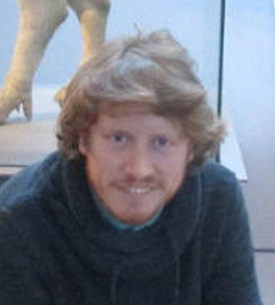
Geometric morphometric analysis of the humerus’ growth in wild boar (Sus scrofa)
Our study is part of the project ANR DOMEXP, which aims to test the plastic responses of the wild boar’s skeleton (Sus scrofa) to the environmental stress of captivity so as to obtain new morphometric indicators of domestication applicable to archeozoological remains to better document the first stages of ungulate domestication. The objective of our study was to describe and quantify an ontogenetic series of the humerus bone of two wild populations of wild boar to observe the shape variability factors of the humerus and, to verify if two populations could present important differences in their ontogenesis. The relative importance of the forelimbs in the locomotion of the wild boar and its degree of conservation in archeozoological sites justify the choosing of the humerus bone. Our methodological approach consisted in using three-dimensional imagery technologies to study the morphology of the humerus through geometric morphometrics analyses. Our results show that the morphological variability of the wild boar’s humerus is principally controlled by ontogenesis and not by population differences or sexual dimorphism. Furthermore, this approach has allowed to describe subtle differences in the ontogenesis of the humerus of two wild boar populations of which the environmental causes and developmental processes are yet to be understood.
Jean-Christophe Theil
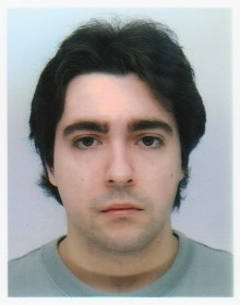
Traditional morphometrics of limb bones growth in wild boar Sus scrofa Linnaeus, 1758
Our study is part of the DOMEXP project and focuses on the appendicular skeleton, the pectoral and pelvic girdles, and the associated musculature in wild boars from France. The aim of this study is to create a basic reference data set on the ontogeny and plasticity of the skeleton and muscles from the limbs and girdles of wild boars to highlight variability related to age, sex, and the residual individual variations as well as their relative contributions. Data were collected using traditional morphometric approaches on bones and dissections of wild boars were performed to obtain muscles cross-sectional areas. Eleven long bones and ankle bones and 82 muscles were analyzed. We performed a Principal Components Analysis on the Log Shape Ratios to study the ontogenetic changes in bone shape. RV tests between cross-sectional areas of the functional muscle groups and the bones of the corresponding limbs show strong covariations between the skeleton and its muscles. Our results provide a new limb bone fusion table, growth curves of the appendicular skeleton of wild boars from two populations with a sexual dimorphism appearing between 7 and 9 months of age, muscle growth curves, and our data highlights the strong covariation between bones and muscles. This opens up great opportunities to improve anatomical reconstructions of archaeological and paleontological taxa.




